The leading cosmological model states that our universe was born about 13.7 billion years ago after the Big Bang, and the cosmos itself consists of three types of matter: «ordinary matter», «dark energy» and «dark matter». True, to date there is no direct evidence of the existence of either the mysterious dark energy or dark matter – scientists suggest that these two hypothetical matters are responsible for the expansion of the Universe and the holding of galaxies through gravity. Another problem is the discrepancy between the leading physical theories – the general theory of relativity (GTR), which explains the structure of the Universe at the macro level, and quantum mechanics, which explains its structure at the level of elementary particles. But what if the dark matter that researchers around the world are searching for doesn’t exist? And could it be that the age of our Universe is much more than 13.7 billion years? Amazingly, the author of the new study answers «yes» to these questions.
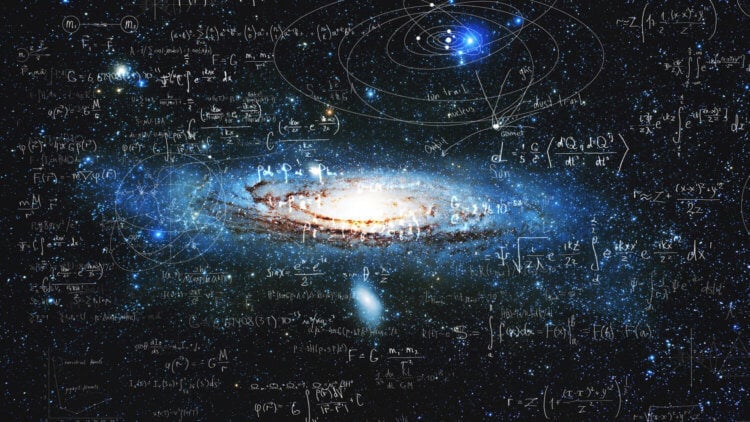
What if dark matter doesn't exist and the Universe is at least 27 billion years old?
Contents
- 1 Age of the Universe
- 1.1 Redshift
- 2 Goodbye dark matter
- 3 Revision of the cosmological model of the Universe
Age of the Universe
In the summer of 2023, a study was published in the scientific journal Monthly Notices of the Royal Astronomical Society, the results of which showed that the age of the Universe is almost 27 billion years, which is twice as long as current estimates. Let us recall that the last time data on the age of the universe was obtained in 2021 using the Lambda-CDM model, which assumes that general relativity is the correct theory of gravity on cosmological scales (the model expectedly showed that the universe is 13.7 billion years old).
Astrophysicists have been trying to calculate the age of the universe for many years by measuring the time that has passed since the Big Bang and studying the light coming from the most distant and ancient stars and galaxies. And this is where the problems begin. It's all about the discovery of ancient stars (such as Methuselah) and early galaxies (whose stages of evolution are quite advanced) that are supposedly older than the estimated age of the Universe. Researchers obtained this data using the James Webb Space Observatory.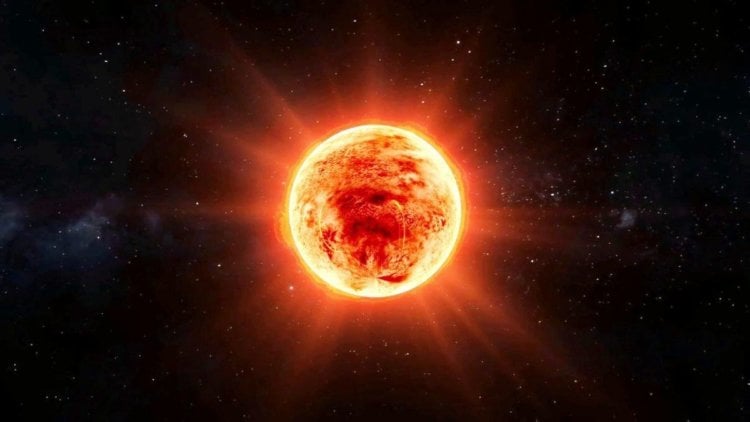
The early galaxies discovered by Webb are believed to have appeared 300 million years after the Big Bang and have, as the study says, «a level of maturity and mass typically associated with billions of years of cosmic evolution. In addition, they are surprisingly small in size, which is even more mysterious.
Redshift
Galaxy redshiftthey call the distance by which its light has shifted or stretched in the red range of the spectrum – the farther a cosmic object is from us, the redder the light emanating from it will be.
Theory of «tired light» Fritz Zwicky states that the red shift of light from distant galaxies occurs due to the gradual loss of energy by photons over vast cosmic distances. However, it was noted that this contradicts observations.
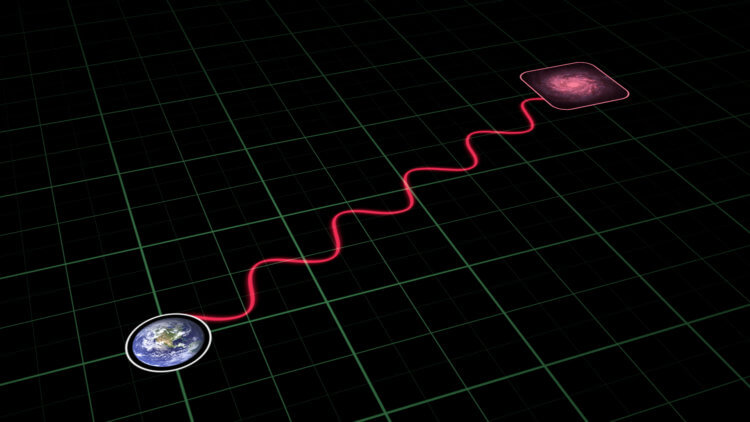
The redshift of galaxies allows us to determine the expansion rate of the Universe
Read even more interesting articles about the age of the Universe, the evolution of stars and galaxies our channel in Yandex.Zen – articles that are not on the site are regularly published there!
However, Professor Gupta of the University of Ottawa discovered that Zwicky's theory can coexist with an expanding Universe, which means the redshift of galaxies can be rethought as… hybrid phenomenon. For this reason, the scientist added to Zwicky's theory the idea of the evolution of coupling constants, put forward by Paul Dirac.
Coupling constantsare fundamental physical constants that govern interactions between particles. Dirac believed that these constants could change over time.
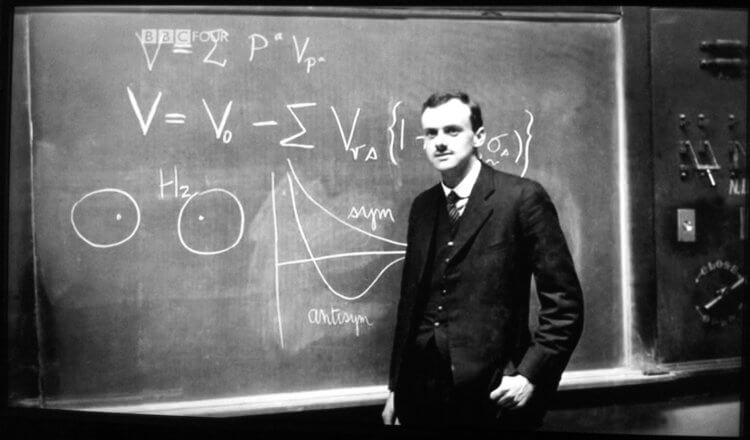
Thus, if the coupling constants are allowed to evolve, the time frame for early galaxy formation observed by Webb at high redshifts can be extended from several hundred million years to several billion years. This, Gupta found,
provides a more plausible explanation for the advanced levels of development and mass observed in ancient galaxies.
Read also: How and why do galaxies disappear from view?< /p>
The professor’s work also suggests that it is necessary to reconsider the traditional interpretation of the cosmological constant, that is, dark matter, responsible for the accelerating expansion of the Universe. According to the scientist, dark matter can be replaced by the evolution of coupling constants.
This modification of the cosmological model helps solve the mystery of the small sizes of galaxies observed in the early Universe and allows for more accurate observations, writes Gupta.
Goodbye dark matter
Now, in a new study, Gupta proposes to reconsider the concept of dark matter, which makes up about 80% of all matter and the Universe and does not interact with electromagnetic radiation (that is, cannot be directly observed). Let us recall that we recently talked about another scientific work that also proposes to abandon this hypothetical substance.
Since the search for dark matter has not yet been successful, astronomers can judge its existence only by its indirect gravitational influence on stars and galaxies (or, if you prefer, on all of outer space) in order to accurately assess their «behavior».
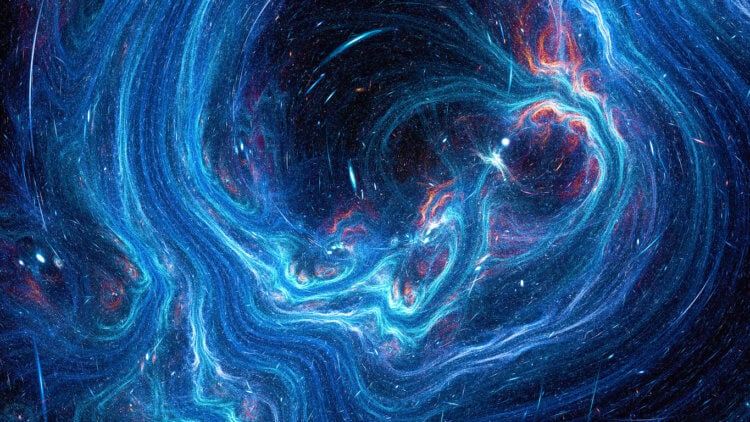 Given the lack of direct evidence, many scientists are right to wonder about its immediate existence, hinting at the possibility thatthe picture we have assembled of the Universe may be missing several important pieces of the puzzle.
Given the lack of direct evidence, many scientists are right to wonder about its immediate existence, hinting at the possibility thatthe picture we have assembled of the Universe may be missing several important pieces of the puzzle.
You might be interested in: Does dark matter really exist?
Thus, in a new study, a professor at the University of Ottawa argues thatthere may simply not be enough room in the Universe for dark matter. This, according to a professor of physics in the Faculty of Science, “could offer a new explanation for the elusive gravitational phenomena in the Universe that general relativity apparently cannot resolve.”
Gupta bases his findings on a combination of what physicists call covariance coupling constants (CCCs) and the theory of «tired light» Zwicky (TL) (combination of the covarying coupling constants and ‘tired light’), which, when combined, become theCCC + TLmodel.
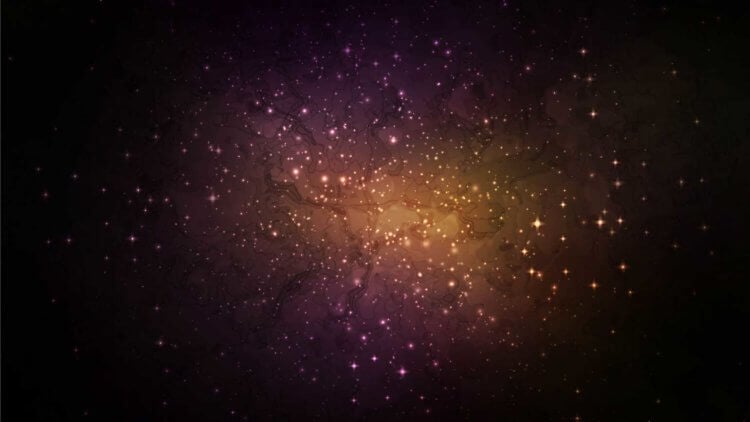
The “tired light” theory, in contrast, describes a potential alternative explanation for currently accepted ideas related to with redshift distance relationships as discussed above.
This is interesting: Why our understanding of the Universe needs to be revised
Revisiting the cosmological model of the universe Combining covariance coupling constant (CCC) and tired light (TL) theories, Gupta concluded that his latest research only adds to the growing problems with existing models of how the universe works.
The study results confirm that our previous work on the age of the Universe at 26.7 billion years allowed us to find that the Universe does not require dark matter to exist,” Gupta said in a statement.
The study results confirm that our previous work on the age of the Universe at 26.7 billion years allowed us to find that the Universe does not require dark matter to exist,” Gupta said in a statement.
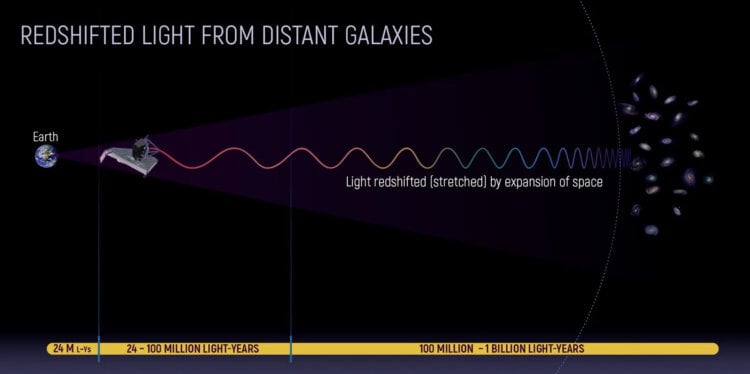
Diagram detailing the redshift of light from distant galaxies
Standard cosmology believes that the accelerating expansion of the Universe is caused by dark energy, but in fact it is due to the weakening of the forces of nature as it expands, and not due to dark energy, the scientist believes.
More on the topic: How is matter distributed throughout the Universe and why is it important?
The work also examines the latest data on the distribution of galaxies at lower redshifts, in comparison with previously obtained data. It should be noted that the professor’s observations are the first of their kind and cast doubt not only on the existence of dark matter, but also on the age of the Universe. Ultimately, Gupta's findings could potentially lead to entirely new cosmological models.